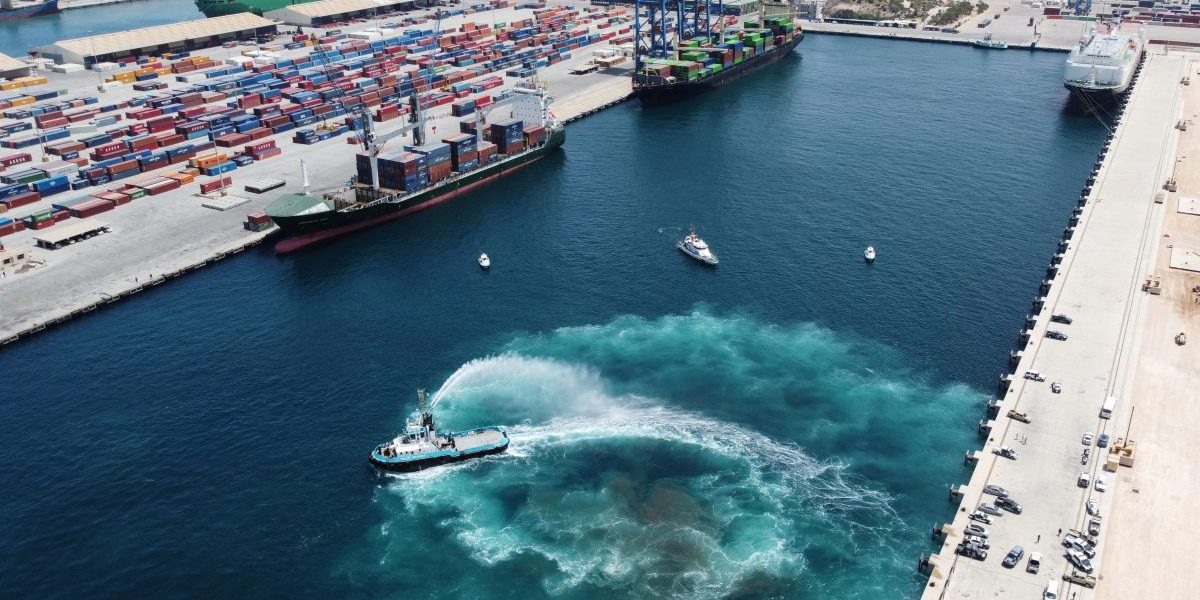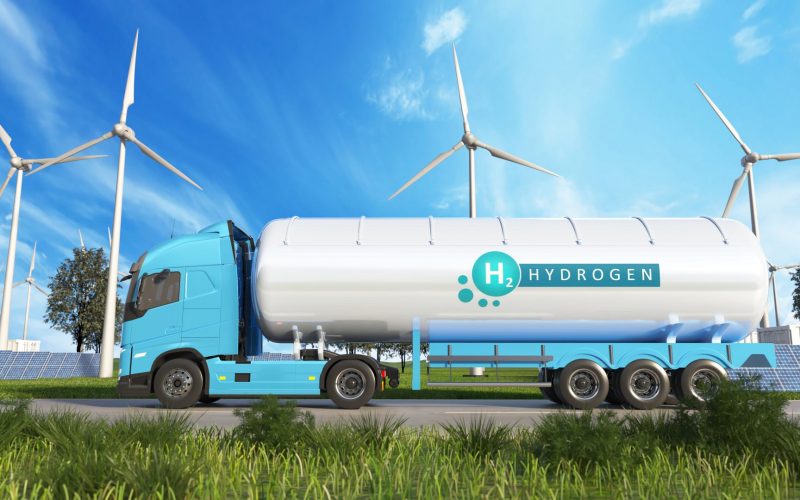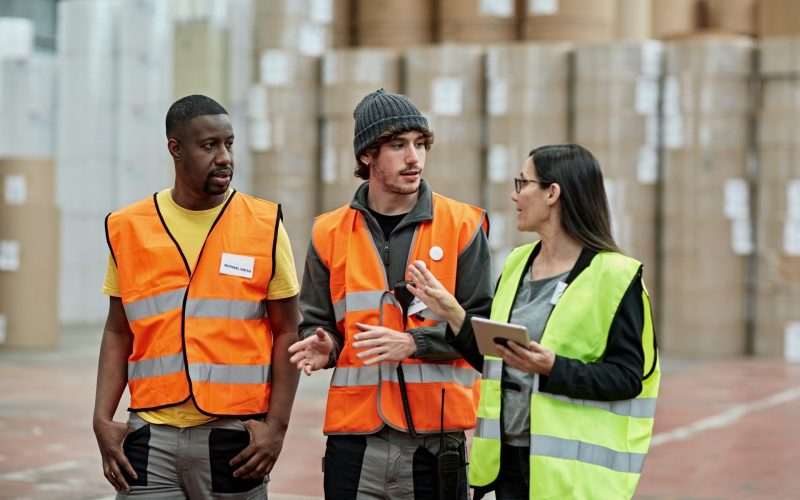Summary:
- The Korean government and investors are concerned about the decline in the country’s exports to Africa compared to the relative importance of imports from Africa, and are looking for opportunities through the African Continental Free Trade Area (AfCFTA) agreements to reverse these trends.
- Korea has export niches in specialised capital equipment (notably shipping and locomotives) and should seek economic partnership agreements capacitating regional automotive value chains. It faces competition from Chinese investments and imports in infrastructure, (renewable) energy and household consumer items; and from Indian imports of intermediate goods such as textiles, plastics and pharmaceuticals. Securing mineral and fuel imports can be advanced through economic partnerships aimed at beneficiation.
- Economic partnership agreements with African countries are characterised by asymmetric trade liberalisation schedules, preferred supplier arrangements that develop regional value chains, and institutional capacity building. These should not offer arrangements more beneficial than those negotiated through AfCFTA processes on developing trade protocols.
- Contestation over special economic zone concessions and cumulative origination within Africa (notably over automobiles) is currently delaying the finalisation of the AfCFTA’s Protocol on Trade in Goods.
- Primary market entry points are those with the largest domestic markets (for automobiles), and the core economies of regional economic communities with infrastructure corridors between ports and inland cities and mines. These include South Africa (SADC), Nigeria (ECOWAS), Egypt, Kenya (EAC), Ethiopia, Ghana and the Maghreb countries.






